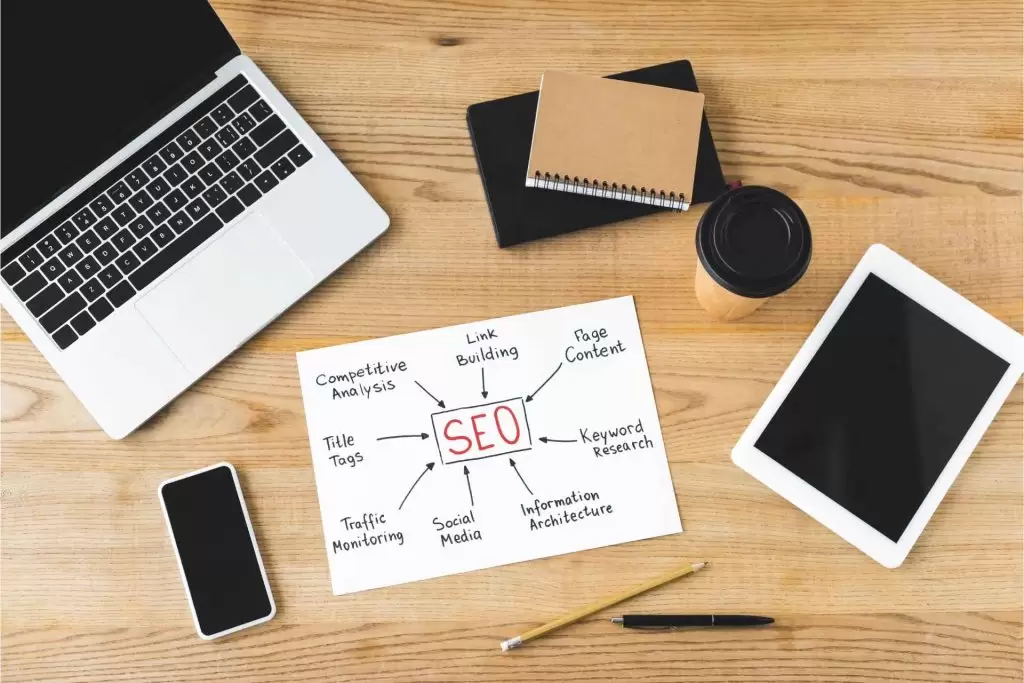- Your cart is empty Browse Shop

Intro post:
Why AI is a Game-Changer for Web Development
Building a website used to mean weeks of coding, testing, and guesswork. Today, AI streamlines the process, slashing development time while boosting creativity and user satisfaction. In this guide, we’ll break down 7 practical benefits of AI in web development, with clear examples and tips on where visuals can enhance your content. Let’s dive in!
1. Automate Repetitive Coding Tasks
Let’s face it: Coding can be tedious. Writing lines of code, debugging, and testing drain time and creativity. AI tools like GitHub Copilot and ChatGPT act as coding assistants, generating error-free code snippets fixing errors, and even suggesting optimizations.
- Save 40%+ development time by automating boilerplate code.
- Reduce bugs with AI-powered error detection.
- Free developers to focus on complex, creative tasks.
2. Personalized User Experiences That Convert
Today’s users expect tailored experiences. AI analyzes user behavior (clicks, scrolls, time spent) to dynamically adjust content, layouts, and recommendations. Tools like Adobe Sensei or Optimizely use machine learning to:
- Show personalized product suggestions.
- Adjust website themes based on user preferences.
- Improve engagement and conversion rates by up to 35%.
3. Smarter Testing & Quality Assurance
Bugs don’t stand a chance against AI’s eagle-eyed precision.
Manual testing is slow and prone to oversight. AI-powered testing tools like Testim.io or Mabl simulate user interactions, identify bugs, and even predict future issues.

- Run 24/7 tests across devices and browsers.
- Detect visual inconsistencies (e.g., broken layouts).
- Deliver flawless websites faster.
4. Enhanced SEO and Content Optimization
Ranking on Google isn’t just about keywords anymore. AI tools like SurferSEO or MarketMuse analyze top-performing content, suggest semantic keywords, and optimize meta tags.
- Create SEO-friendly content in minutes.
- Predict trending topics with AI analytics.
- Boost organic traffic by aligning with search intent.

Pro Tip: Pair AI with human creativity for content that’s both optimized and relatable.
5. Chatbots & 24/7 Customer Support
Stat Alert: 64% of businesses say chatbots help them deliver stellar customer service.
Gone are the days of static “Contact Us” pages. AI chatbots like Drift or Intercom provide instant, human-like support:
- Answer FAQs, book appointments, or process orders.
- Learn from interactions to improve responses.
- Free up your team to handle complex queries.
6. Data-Driven Design Decisions
Your website’s design could be losing you customers. AI knows how to fix it.
Guessing what users want is risky. AI tools like Figma’s AI plugins or Wix’s ADI (Artificial Design Intelligence) analyze data to recommend layouts, color schemes, and CTAs that resonate.
- Build visually appealing, high-converting designs.
- A/B test variations effortlessly.
- Turn guesswork into strategy.
7. Scalability & Cost Efficiency
Hiring a full dev team isn’t always feasible. AI democratizes web development, allowing small businesses to:

- Build MVP websites quickly and affordably.
- Scale resources during traffic spikes (e.g., AI-driven cloud solutions).
- Cut long-term costs with predictive maintenance.
Example: Startups like Canva use AI to scale seamlessly without breaking the bank.
Conclusion:
AI Isn’t Replacing Developers It’s Empowering Them
The rise of AI in web development isn’t about replacing humans; it’s about amplifying creativity, efficiency, and results. By automating mundane tasks, personalizing experiences, and delivering data-backed insights, AI lets developers and businesses focus on what truly matters: innovation.




